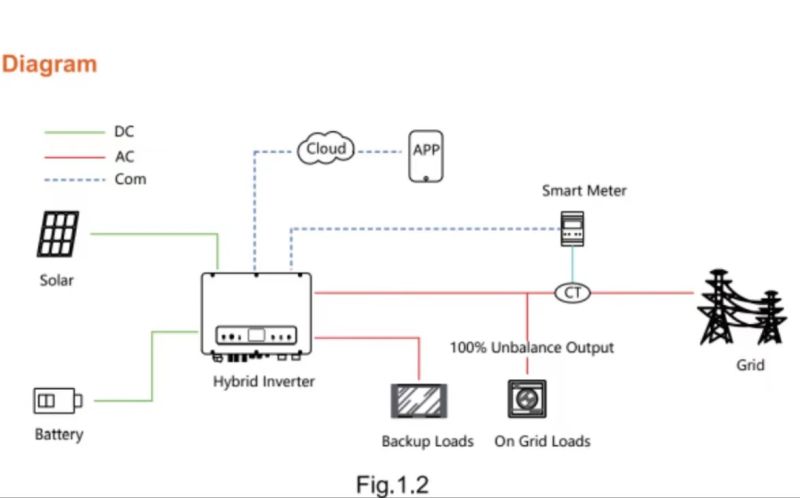In today's rapidly developing world, renewable energy sources such as solar energy are gaining huge traction. As more homeowners and businesses invest in distributed photovoltaic (PV) systems, understanding the underlying distribution network and its relevance to these solar installations becomes critical. This article aims to provide a comprehensive understanding of distribution networks and their relationship to distributed photovoltaic systems.

1. What is a distribution network?
- A distribution grid, also known as a power grid or power grid, is a network of transmission lines, transformers, substations, and other equipment that transmits and distributes electricity to consumers.
- Connect various power generation sources such as power plants and distributed energy resources to end users to ensure reliable and efficient power supply.
2. Components of distribution network:
- Transmission lines: High-voltage lines responsible for transporting electricity over long distances.
- Substation: A facility equipped with transformers that reduce the voltage of electricity before further distribution.
- Distribution lines: Low-voltage lines that carry electricity to end users, including homes, businesses, and industry.
3. The role of distributed photovoltaic system:
- Distributed photovoltaic systems consist of solar panels mounted on rooftops or ground mounted on private property that generate electricity from sunlight.
- These systems feed the electricity they generate directly into the distribution grid for use by nearby consumers.
- They contribute to the overall electricity supply, reducing reliance on traditional fossil fuel power plants and reducing carbon emissions.
4. The relationship between distribution network and distributed photovoltaic system:
- Bidirectional power flow: Distribution networks allow power to flow in both directions, enabling distributed photovoltaic systems to export excess power to the grid during peak generation and draw power from it when solar power generation is insufficient.
- Grid connection: Distributed photovoltaic systems must be connected to the distribution grid through inverters, which convert the DC power generated by the solar panels into AC power that meets the grid voltage specifications.
- Net metering: Many jurisdictions offer net metering programs whereby owners of distributed PV systems can receive credits or compensation for excess power supplied to the grid, effectively lowering energy bills.
- Grid stability and reliability: The integration of distributed photovoltaic systems into distribution grids brings challenges in voltage regulation, power quality and grid stability. However, with smart grid technology, advanced monitoring systems and grid management solutions, these issues can be mitigated.
As distributed photovoltaic systems become more popular, understanding the distribution network and its relationship to solar installations is critical. Distribution grids are the backbone of efficient power transmission and distribution, while distributed photovoltaic systems contribute to the generation of clean and renewable energy. Understanding their harmonious relationship brings us closer to a sustainable and decentralized energy future that reduces dependence on fossil fuels and combats climate change.
Post time: Nov-23-2023